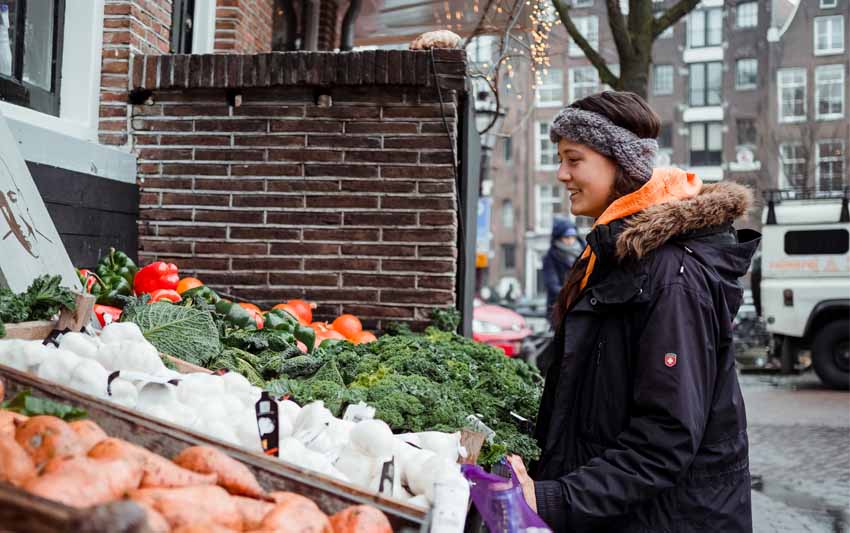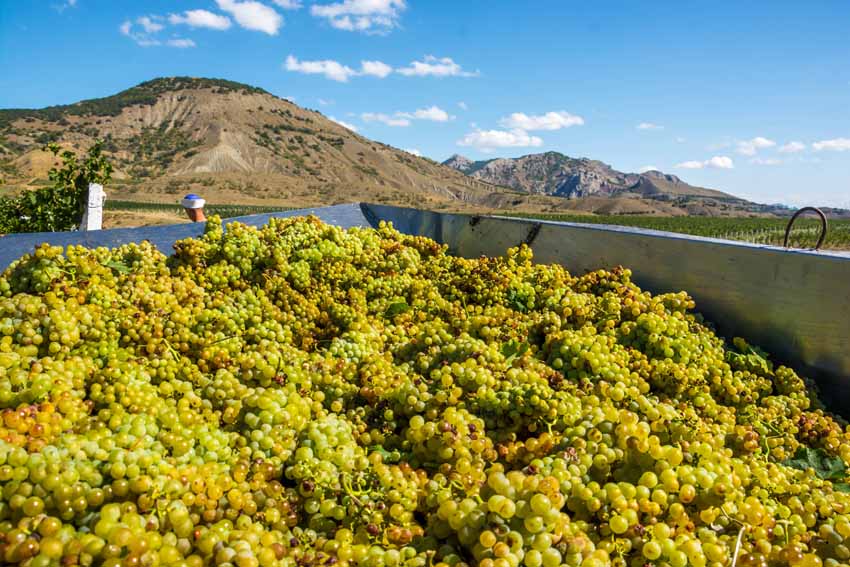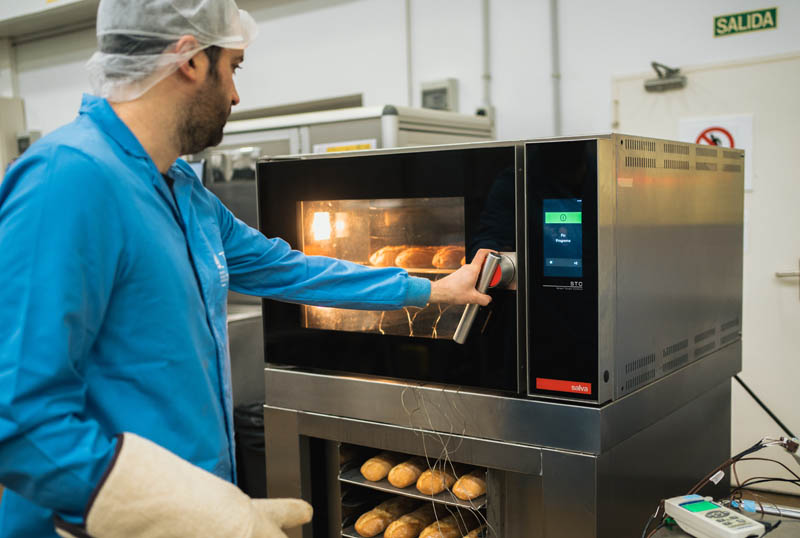Pesticides in food: how to detect their presence and ensure food safety in Europe?
Últimas noticias
Una mirada LGTBIQ+ al reino animal
Circular Economy in Action: Valorisation of By-products through Projects like PRIMA NEWFEED
Strategic Perspectives: Highlights from the Food4Future World Summit for Business Leaders
FÉLIX AMÁRITA, ALEJANDRO BARRANCO, AMAIA EREÑO and HUGO CUNHA-SILVA, food safety and integrity area
Índice de contenidos
What are they and what happens when pesticides are present in food?
Pesticides are chemicals made from toxic compounds that prevent the development of pests (animals, plants or micro-organisms). This ability to control pests increases crop productivity, which is why pesticides are widely used in agriculture.
However, uncontrolled use of these products can have adverse effects on health and the environment. Pesticides (and their residues) can find their way into our homes through everyday shopping, hence they are subject to monitoring in the European food safety context.
Food safety in Europe
In the European Union, the daily turnover of the food industry is enormous, and therefore, in this highly dynamic context, food quality and safety and the means to ensure it play a very important role.
The European Union’s food safety standards and rules are among the strictest in the world, largely thanks to the strong body of EU legislation, which ensures food safety for consumers. A key tool to ensure the flow of information to enable a rapid reaction when public health risks are detected in the food chain is the RASFF (Rapid Alert System for Food and Feed).
RASFF aims to share information on health alerts rapidly among its members (European Commission, EFSA, ESA, Norway, Liechtenstein, Iceland and Switzerland), providing a permanent service to ensure that urgent notifications are sent, received and responded to collectively and efficiently. The information that RASFF manages is as transparent as possible for all stakeholders, taking into account the balance between open access and due protection of information, as inadequate management could lead to unnecessary alarms, economic damage and, consequently, a decrease in public confidence in the food system.
Incidence of pesticides in food according to RASFF
In this context, if we access the information available in RASFF on the prevalence of pesticides in foodstuffs, we find that, of the 3.794 notifications received in 2020, 690 were related to pesticides, representing more than 18% of the cases. Pesticides ranked second by incidence in the ranking of hazard types, second only to microbiological issues. In more than 78% of the pesticide cases, the risk identified was considered to be serious. As expected, almost 42% of the cases were detected in fruits and vegetables, followed by 41% of cases observed in nuts, nut derivates and seeds.
The countries most active in detecting non-compliances associated with the presence of pesticides were, in order of reported cases, the Netherlands, Bulgaria and Germany, which accounted for 64% of the cases. As regards the origin of the notifications, almost half of the cases were detected and reported by the manufacturers themselves. This is normal if we take into account that current European legislation establishes the obligation for food producing companies to take responsibility for ensuring the safety of the food they produce.

Pre-market screening methods for pesticides
The high number of alerts detected by producers is a clear indication that the food sector targeting the European market is aware of its obligations towards consumers and is actively working to ensure the quality and safety of its products.
Rapid marketing to maintain product quality should not obstruct proper batch control. Therefore, great progress has been made in recent years, and continues to be made, in order to achieve rapid detection before placing the product on the market or to carry out early recalls.
Rapid tests are a suitable option for the immediate detection of the presence of pesticides and only in case of suspicion or alert to carry out a more exhaustive analysis by means of confirmatory techniques (chromatographic). In addition to the rapid response time, these new detection tools offer other advantages such as ease of use, easy implementation in industrial processes and their low cost, allowing to reduce the analytical cost of food safety control.
Currently, different tests are available on the market that cover the detection of individual pesticides, i.e. a test would be needed for each pesticide to be analysed. However, it must be taken into account that in most cases, mixtures of pesticides or different treatments are used, which in the end imply the appearance of residues of different pesticides in the same product. In view of this situation, new research in rapid tests is aimed at developing solutions that allow the detection of these mixtures.







